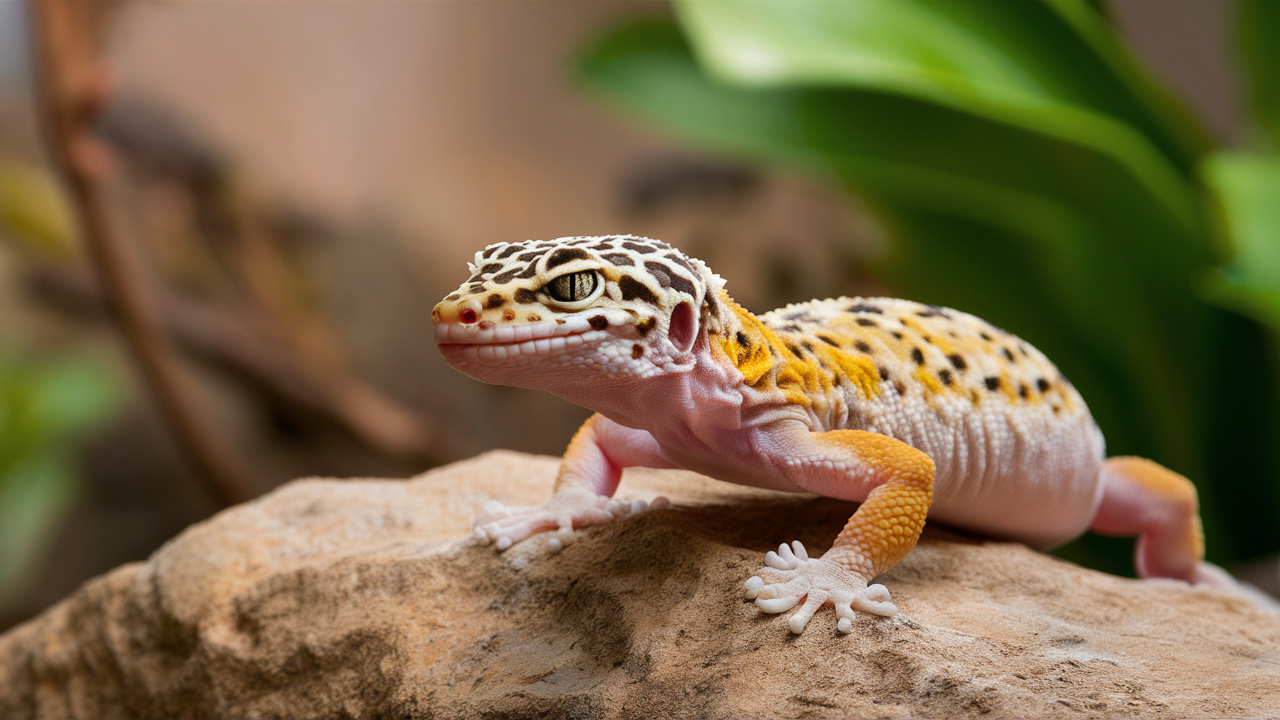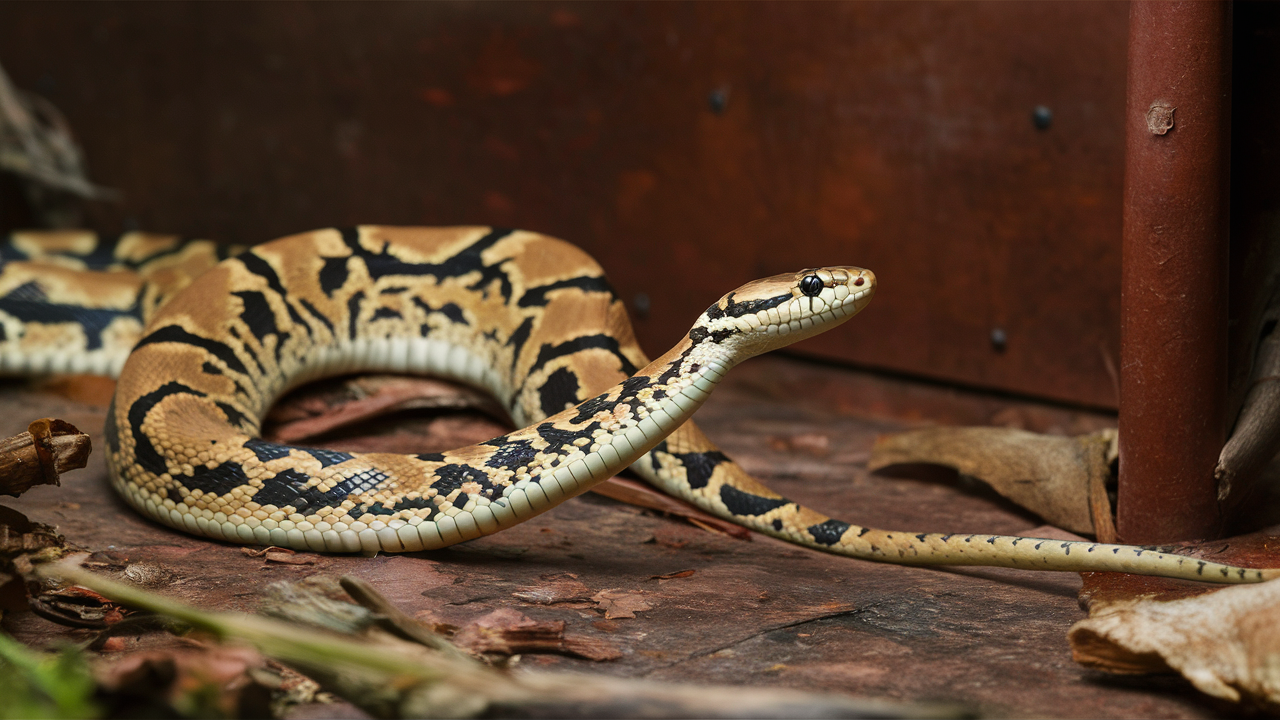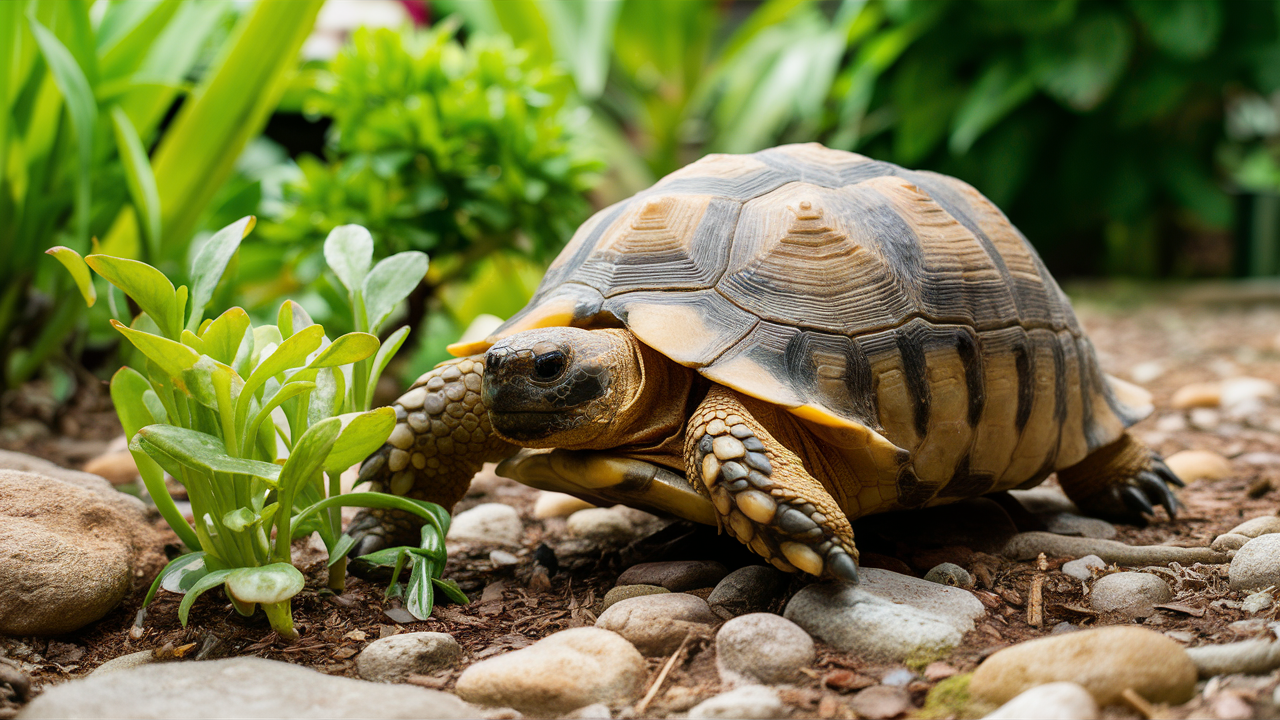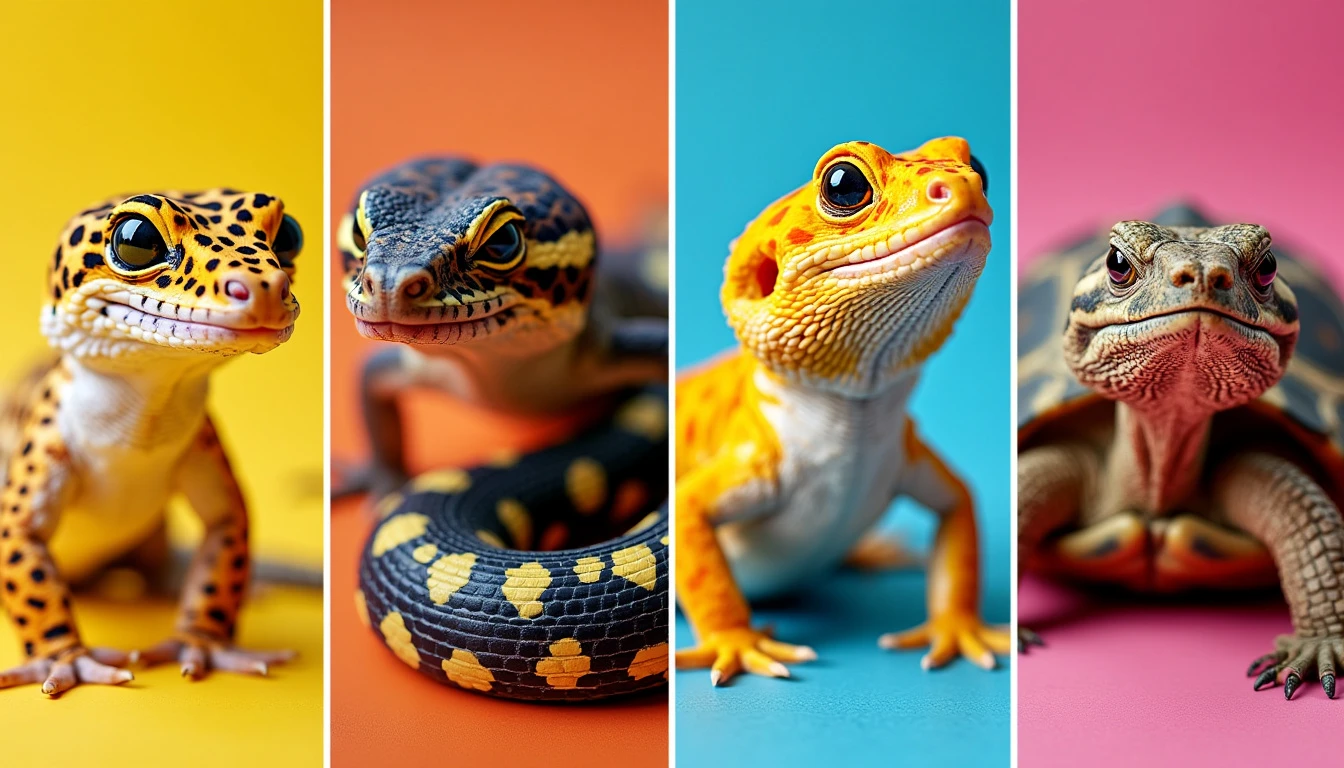For many animal lovers, the idea of owning a reptile can be both exciting and daunting. Exotic reptiles are unique companions, often offering intriguing behaviors and lower maintenance than traditional pets. In this comprehensive guide, we’ll explore the best exotic reptiles for beginners, focusing on their care requirements, health concerns, and ethical considerations. By equipping yourself with knowledge and understanding, you’ll be well-prepared for a fulfilling experience with your new reptilian friend.
Why Choose Exotic Reptiles as Pets?
Exotic reptiles can be wonderful pets for several reasons:
- Low Maintenance: Compared to cats and dogs, many reptiles require less daily interaction and grooming.
- Space Efficient: Reptiles often need less space, making them ideal for apartment dwellers or those with limited room.
- Unique Personalities: Many reptiles exhibit fascinating behaviors that can be enjoyable to observe and interact with.
The Best Exotic Reptiles for Beginners
1. Leopard Gecko

Overview
The leopard gecko is an excellent choice for beginners due to its docile nature and vibrant coloration. They are easy to care for and can be quite interactive.
Care Requirements
- Habitat: A 20-gallon tank with a secure lid is suitable for one gecko. Use a substrate like reptile carpet, which is easy to clean.
- Temperature: Create a thermal gradient with a basking spot at 88-95°F (31-35°C) and a cooler area of 70-80°F (21-27°C).
- Diet: Feed them a diet of crickets, mealworms, and occasional waxworms. Dust food with calcium powder to support bone health.
Health Concerns
Leopard geckos can suffer from metabolic bone disease if not provided with adequate calcium and UVB light. Regular vet checkups can help catch any potential health issues early.
2. Corn Snake

Overview
Corn snakes are popular due to their friendly temperament and beautiful patterns. They’re known for being easy to handle and care for.
Care Requirements
- Habitat: A 40-gallon tank is ideal for adults. Use aspen shavings for substrate and provide hiding spots.
- Temperature: Maintain a basking area at 80-85°F (27-29°C) and a cooler side at 70-75°F (21-24°C).
- Diet: Feed appropriately sized rodents, starting with pinky mice for hatchlings and moving to larger prey as they grow.
Ethical Considerations
When acquiring a corn snake, consider adopting from a rescue organization or buying from a reputable breeder to avoid supporting the illegal pet trade.
3. Bearded Dragon

Overview
Bearded dragons are known for their sociability and ability to bond with their owners. They’re often described as “gentle giants” and are ideal for families.
Care Requirements
- Habitat: A 40-gallon tank or larger is recommended, equipped with climbing areas and a basking rock.
- Temperature: Keep the basking area at 95-110°F (35-43°C) and a cooler side around 75-80°F (24-27°C).
- Diet: They require a varied diet of insects, greens, and vegetables. Supplement with calcium and vitamin powders.
Enrichment Activities
Bearded dragons benefit from enrichment activities, such as offering climbing structures and interactive feeding techniques. Consider providing them with safe items to explore in their environment.
4. Russian Tortoise

Overview
The Russian tortoise is a sturdy and low-maintenance pet that can live for several decades. They are suitable for those who appreciate a slower-paced companion.
Care Requirements
- Habitat: A spacious enclosure with plenty of hiding spots and substrate for digging is essential. A tortoise table or large indoor pen works well.
- Temperature: Maintain a basking area of 85-90°F (29-32°C) and cooler areas around 70°F (21°C).
- Diet: A high-fiber diet, including leafy greens and commercial tortoise pellets, is crucial for their health.
Common Illnesses
Russian tortoises can be prone to respiratory infections if kept in overly humid environments. Regular monitoring of their habitat can prevent health issues.
Comparison Table: Care Requirements
| Reptile | Tank Size | Basking Temp (°F) | Cool Temp (°F) | Diet |
|---|---|---|---|---|
| Leopard Gecko | 20 gallons | 88-95 | 70-80 | Insects |
| Corn Snake | 40 gallons | 80-85 | 70-75 | Rodents |
| Bearded Dragon | 40 gallons | 95-110 | 75-80 | Insects and Greens |
| Russian Tortoise | Tortoise table | 85-90 | 70 | Leafy greens |
Enrichment Activities and Handling Tips
To ensure your reptiles remain healthy and engaged, consider the following activities:
- Interactive Feeding: Use tongs to offer food, encouraging your reptile to “hunt” for their meals.
- Environmental Enrichment: Add safe climbing structures or hiding spots in their habitat to stimulate exploration.
- Regular Handling: Gradually acclimate your reptile to handling. Start with short sessions and increase duration as they become more comfortable.
Health Concerns and Common Illnesses
Being aware of common health issues is vital for all reptile owners:
- Metabolic Bone Disease: Often caused by a lack of calcium and UVB exposure, common in leopard geckos and bearded dragons.
- Respiratory Infections: More common in tortoises and can result from improper humidity levels.
- Parasites: Internal and external parasites can affect all reptiles. Regular vet visits and proper diet can mitigate these risks.
Personal Anecdotes
As a long-time reptile enthusiast, I remember my first leopard gecko, whom I named Gizmo. He was incredibly interactive and would often greet me when I approached his tank. Watching him hunt for crickets was mesmerizing, and I loved the gentle nature he displayed when I handled him. This personal connection made me realize how rewarding reptile ownership could be.
Conclusion
Owning a reptile can be an incredibly rewarding experience, especially when you choose one of the best exotic reptiles for beginners. By understanding their care requirements, health concerns, and ethical considerations, you set yourself up for a successful journey into reptile ownership.
Ready to find the perfect reptile companion? Share your beginner reptile questions in the comments below!
